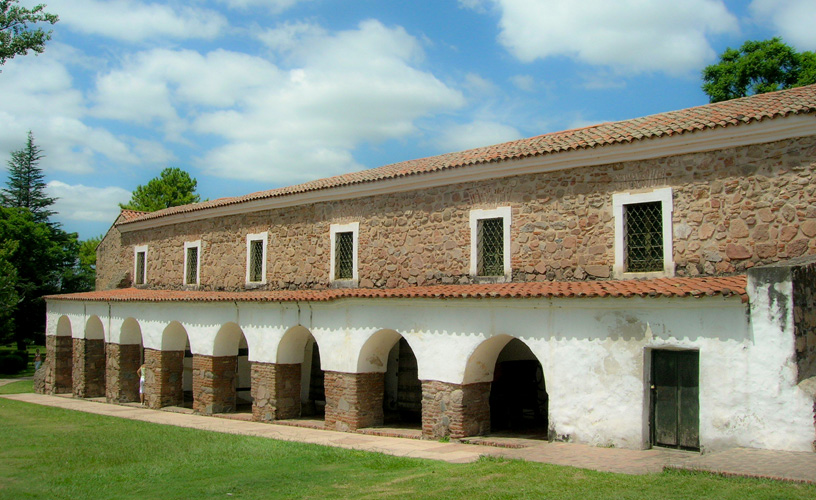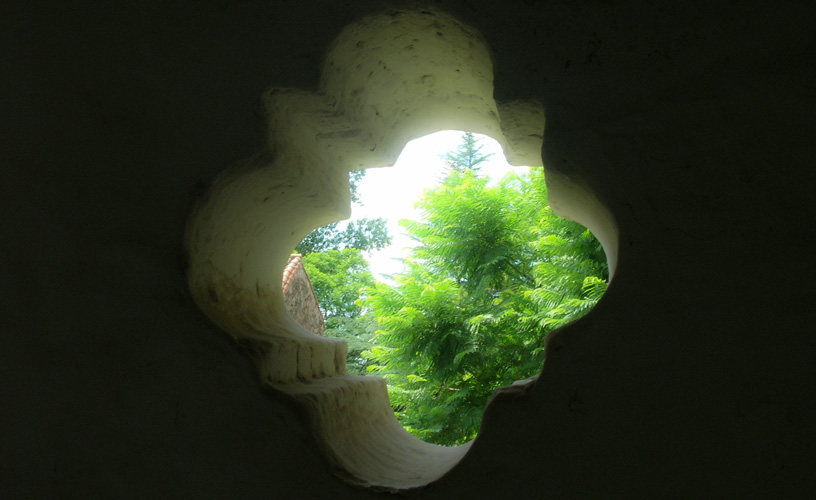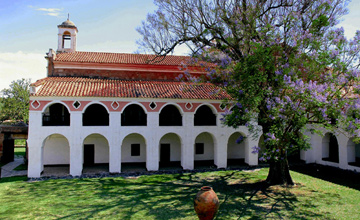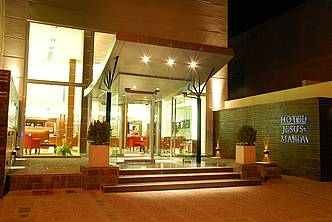Estancia Jesuítica de Jesús María
Estancia de Jesús María lies four kilometers north of Estancia de La Caroya and it is certainly worth a visit.
Estancia de Jesús María lies just four kilometers north of Estancia de La Caroya, always following National Route 9 in the Province of Córdoba. Its location is not accidental. The Royal Road to the capital of the viceroyalty used to go through this area. The City of Jesús María developed in these lands. In 1618, the Jesuits acquired the twenty thousand grape varieties, the mill, 250 cows, 25 oxen and 30 pigs of the land then known as Chacra de Guanusacate -a name given by the Sanaviron natives- for eight thousand Pesos. By 1620, when it had already been given its present Christian name, this second productive undertaking of the Company of Jesus would concentrate salaried natives and approximately three hundred slaves who had been bought at the port of Buenos Aires and were in charge of the heaviest tasks. As it was to be expected, Latin, Spanish and Italian, as well as native American and African tongues were spoken at the estate.
Half monastery and half merchants association, the barracks occupied by the natives and the slaves slowly changed into constructions made of brick, stone and tiles, typical of the Order. The central yard is enclosed by a two-story cloisters section. The ample galleries and the semi-circular arches complete the typical style of the Company. The church features a simple façade and a unique vaulted aisle. Inside, it boasts a significant central dome ornamented with reliefs that give evidence of native American hands. Next to the sacristy, the elegant stone bell gable is the perfect finale for the architecture of the estate. The winegrowing production at Estancia de Jesús María has reached such a high degree of quality and development that its fame has transcended and remained until these days. Lagrimilla, an exquisite wine made in the venue, would have such a singular taste that it became the first American wine tasted at Philip V’s royal table in Madrid. After the Order was expelled, Estancia de Jesús María passed onto private hands until it was acquired by the national government and declared Historical Monument in 1941. Ever since 1946, the venue has housed the National Jesuit Museum, recreating the original conditions of this undertaking. The basement of the estancia, where the famous wine was made, today treasures a profuse collection of archeological pieces found in the area. A tour around the different rooms shows religious images, crucibles, lithographs, coins and medals. The Jesuit treasure of Jesús María is represented by a carved image of the Immaculate Mother, the Christ of Patience, the cherubs bequeathed by the Guaraníes and other wood-carved pieces of impressive American composition.
Pablo Etchevers
Marcelo Sola


























